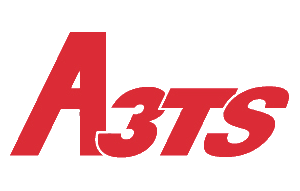FS01 - Fundamentals of surface treatments and coatings
Inter-company and intra-company courses
89% satisfaction
Educational objectives
Present the various coating methods
To provide the basis for understanding the mechanisms involved in the implementation of the most common methods
PROGRAM
1. Concept of surface treatments, definition of the most important coating methods
2. Concepts of electrochemical potential, overvoltage and kinetics of electrochemical processes, basic principles of electrochemical deposition
3. Mechanisms of electroplating. General implementation of electrolytic coating processes. Properties of the main coatings. Electroless coatings
4. Introduction to chemical and electrochemical conversion treatments. Phosphating and chromating and alternative methods.
5. Introduction to industrial vacuum: concept of vacuum, behavior of gases at reduced pressure, methods for generating and measuring reduced pressures.
6. Deposits by evaporation and cathodic spraying: principle, implementation methods, deposit formation and properties
7. Chemical vapor deposition: introduction, main methods of implementation, examples
ADDITIONAL INFORMATION
To deepen your knowledge, we suggest you create a training course using other modules from the catalog.
CONTACT US
formation@a3ts.org
+33 (0)1 45 26 22 35
Accessible to people with reduced mobility: yes. Accessible to people with other disabilities: please contact our disability advisor on +33 (0)1 45 26 22 35 to discuss the situation together.
- DATE INTER
- 31/03/2025 Open to groups of 4 or more.
- DURATION
1 day (7h)
- PUBLIC CONCERNED
All levels
- PREREQUISITES
Surface treatment basics or TS experience.
- METHODS MOBILIZED
Courses and exercises on paper or digital support. Multiroom videoconference platform with chat.
- PLACE
Face-to-face INTER: A3TS Paris
Face-to-face INTRA: on site
Distance learning: videoconferencing
- RATES
- Inter : 650€ HT/pers.
- Intra : on quotation
- FORMATEUR
University, specialist in surface treatments and corrosion.
- EVALUATION METHODS
Satisfaction survey at the end of the session.
Evaluation of learning at the beginning and end of the training.




